
You do not have to see alike, feel alike or even think alike in order spiritually to be alike
Posts: 703 Joined: 24-Aug-2011 Last visit: 10-Jul-2014 Location: USA
|
Desmanthus illinoensis. ID Kingdom Plantae – Plants Subkingdom Tracheobionta – Vascular plants Superdivision Spermatophyta – Seed plants Division Magnoliophyta – Flowering plants Class Magnoliopsida – Dicotyledons Subclass Rosidae Order Fabales Family Fabaceae – Pea family Genus Desmanthus Willd. – bundleflower Species Desmanthus illinoensis (Michx.) MacMill. ex B.L. Rob. & Fernald – Illinois bundleflower COMMON NAMES. Bundle Flower ; Illinois Bundle Weed Region: ntwhtyouknw attached the following image(s):  DEIL.png (20kb) downloaded 959 time(s). deil_003_thp.jpg (2kb) downloaded 961 time(s). deil_004_thp.jpg (29kb) downloaded 953 time(s). deil_008_thp.jpg (3kb) downloaded 952 time(s). deil_009_tvp.jpg (12kb) downloaded 951 time(s). Toadfreak!
Travel like a king
Listen to the inner voice
A higher wisdom is at work for you
Conquering the stumbling blocks come easier
When the conqueror is in tune with the infinite
Every ending is a new beginning
Life is an endless unfoldment
Change your mind, and you change your relation to time
Free your mind and the rest will follow
|
|
|
|
|

omnia sunt communia!

Posts: 6024 Joined: 29-Jul-2009 Last visit: 11-Jun-2025
|
Just an FYI, USPLANTS data is around 10 years out of date (not a big deal for the state-level here, but something worth keeping in mind)... Here are state/county-level distributions for D. illinoensis as of 2013. Green = Native, Yellow = Rare, Gray = Adventive/Introduced 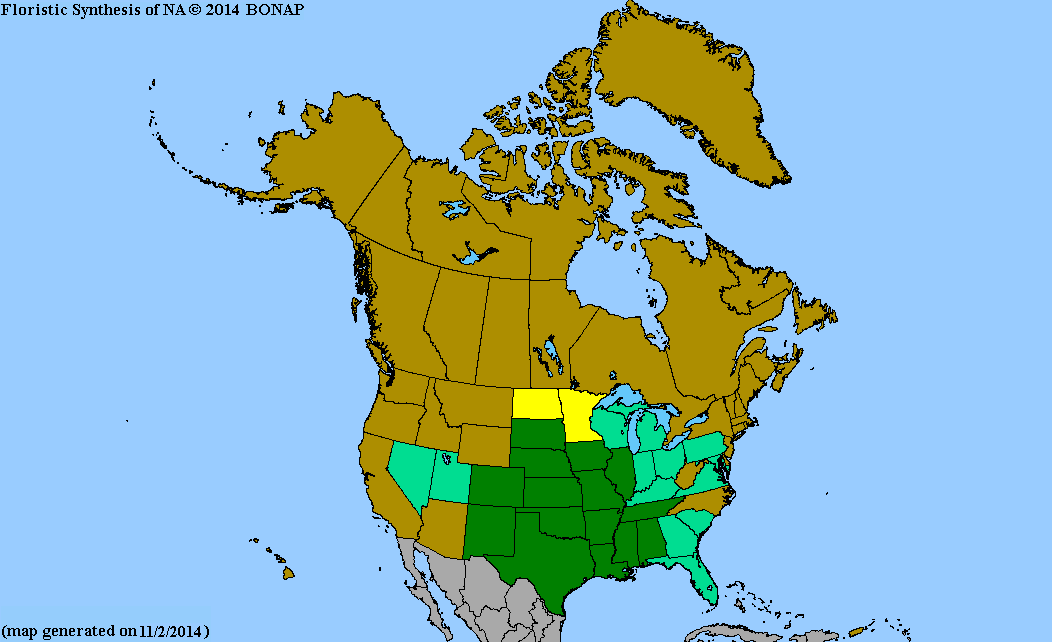  Wiki • Attitude • FAQThe Nexian • Nexus Research • The OHTIn New York, we wrote the legal number on our arms in marker...To call a lawyer if we were arrested. In Istanbul, People wrote their blood types on their arms. I hear in Egypt, They just write Their names. גם זה יעבור
|
|
|

You do not have to see alike, feel alike or even think alike in order spiritually to be alike
Posts: 703 Joined: 24-Aug-2011 Last visit: 10-Jul-2014 Location: USA
|
Good to know, that's a much more detailed map of distribution. Bookmarked for future reference, thanks. Toadfreak!
Travel like a king
Listen to the inner voice
A higher wisdom is at work for you
Conquering the stumbling blocks come easier
When the conqueror is in tune with the infinite
Every ending is a new beginning
Life is an endless unfoldment
Change your mind, and you change your relation to time
Free your mind and the rest will follow
|
|
|
DMT-Nexus member
  
Posts: 196 Joined: 15-Jan-2013 Last visit: 09-Feb-2024 Location: paradise
|
Melissa Luckow's monograph on the genus Desmanthus is a valuble and recommended resource.
|
|
|
member for the trees
  
Posts: 4003 Joined: 28-Jun-2011 Last visit: 27-May-2024
|
Desmanthus illinoensis>up to 0.34% DMT roots: Thompson, Alonzo C., Gilles F. Nicollier & Daniel F. Pope 1987 Journal of Agricultural and Food Chemistry 35: 361-365. "Indolealkylamines of Desmanthus illinoensis and Their Growth Inhibition Activity." reports of lower amounts (e.g. 0.14%) Desmathus leptolobus is said to be higher in tryptamine levels >DMT/NMT: Appleseed, Johnny 1992-1996 cited by http://trout.yage.net/sc...eptolobus_references.htm Quote:Largely unpublished research. Desmanthus leptolobus information has appeared, among other places, in the 1993a Entheogen Review 2 (2): 26-27, "Ayahuasca analogues experiences." and in 1993b Integration 4: 59-62, "Ayahuasca analog plant complexes of the temperate zone: Phalaris arundinacea and the Desmanthus spec."
The latter piece also exists as an undated privately distributed manuscript.
[Extraction: simmering with hot HCl (pH 3), ammonia used to basify, CH2Cl2 recovered the alkaloid fraction. Co-tlc used known reference standards. TLC developed with Methylene chloride-Methanol-Concentrated Ammonia (80:15:1); run on Whatman Silica Gel 60 plates. Visualization of alkaloids: used Ehrlichs and/or Xanthydrol as spray reagents.]
|
|
|

DMT-Nexus member
Posts: 393 Joined: 31-Mar-2013 Last visit: 30-Oct-2022
|
Incedible!! I am not very familiar with this one... Though, it looks familiar. Itis now on my list of things to find, extract, and research, thanks to this! *ALL WAYS WITH LOVE
|
|
|

DMT-Nexus member

Posts: 14191 Joined: 19-Feb-2008 Last visit: 22-Nov-2025 Location: Jungle
|
A few more things regarding Desmanthus spp... Regarding what season to harvest for better yields, this post has very useful info: Jackerspank wrote: (re: desmanthus illinoensis) I have come to the conclusion that it is seasonal, around june and july, I was getting huge yeilds. This dropped off completely, at the end of august. Meaning i got rootbark, i went through the normal A/B extraction, i always used, and got nothing 3 times in a row at that time of year. Spring and early summer is the best time. . And a few other things: Desmanthus illinoensis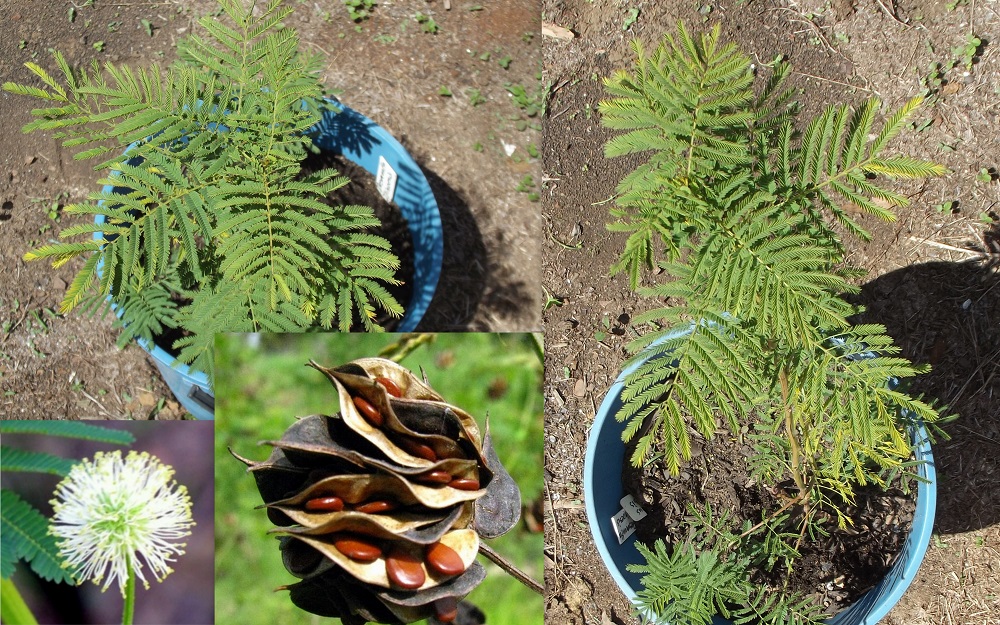  - 0.34% in Root bark (dried) and 0.01 % in Root wood (dried) (Thompson et al. 1987) Substantially less is usually encountered. Sometimes none. (Trout's Notes) Desmanthus leptolobus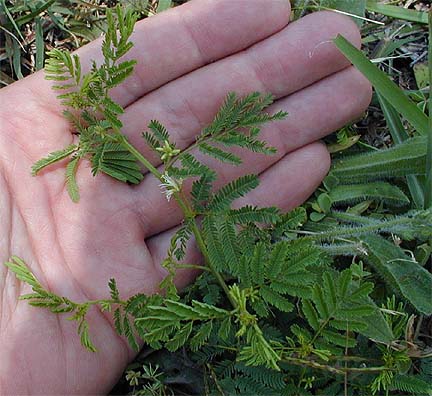 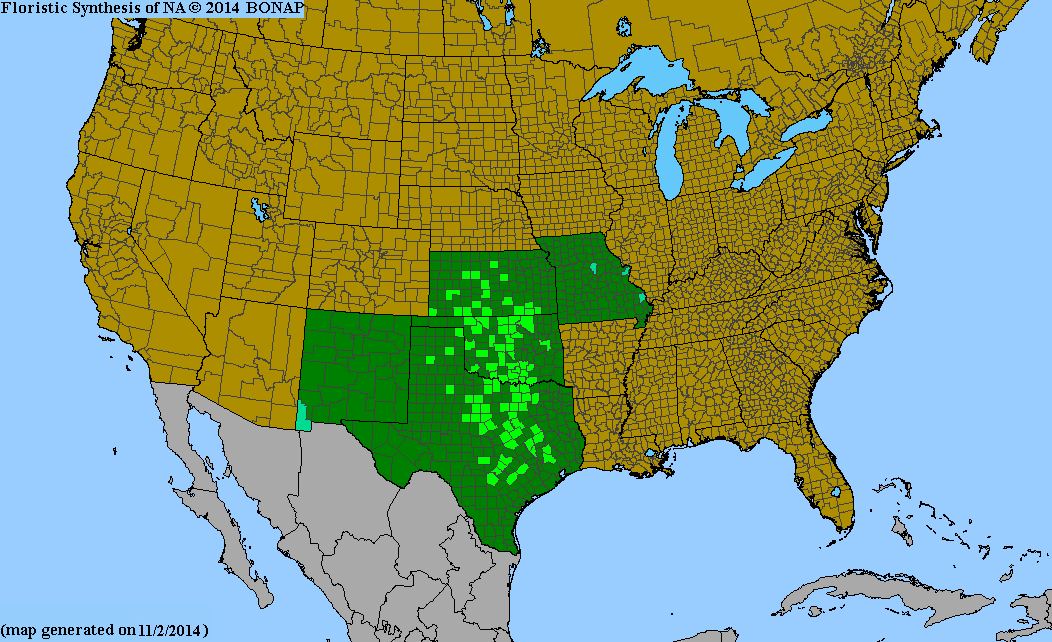 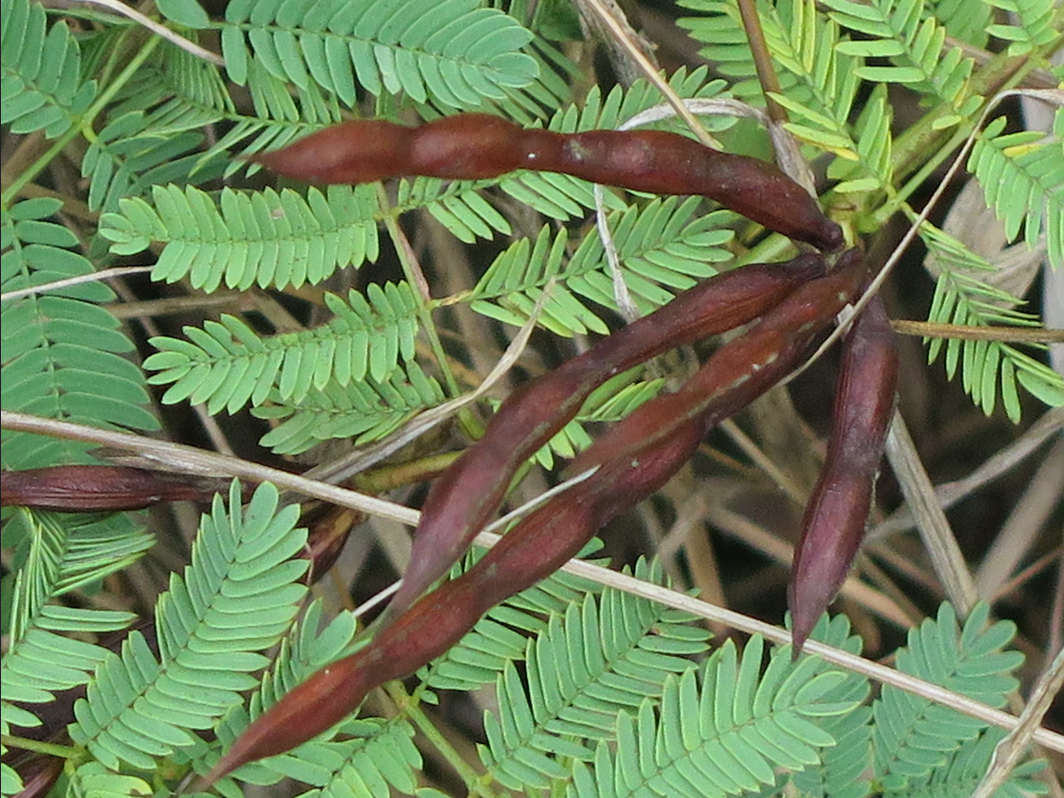 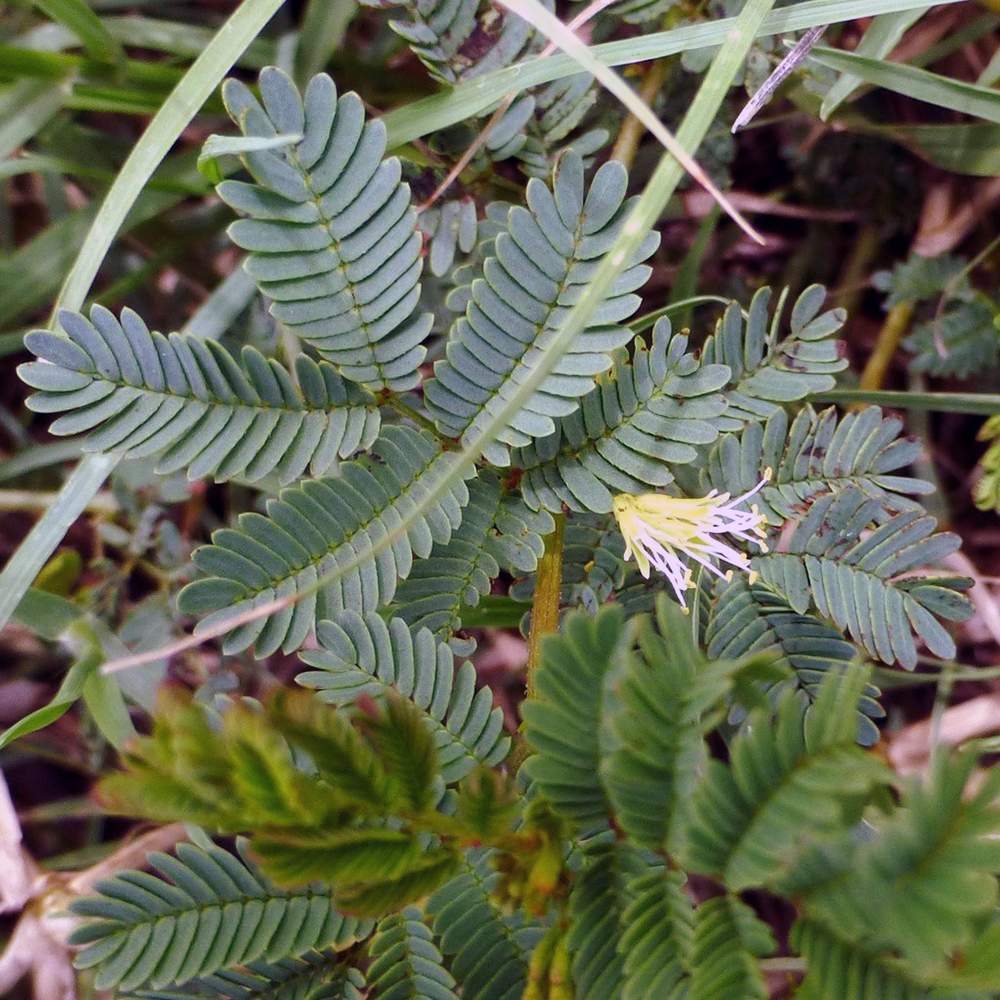 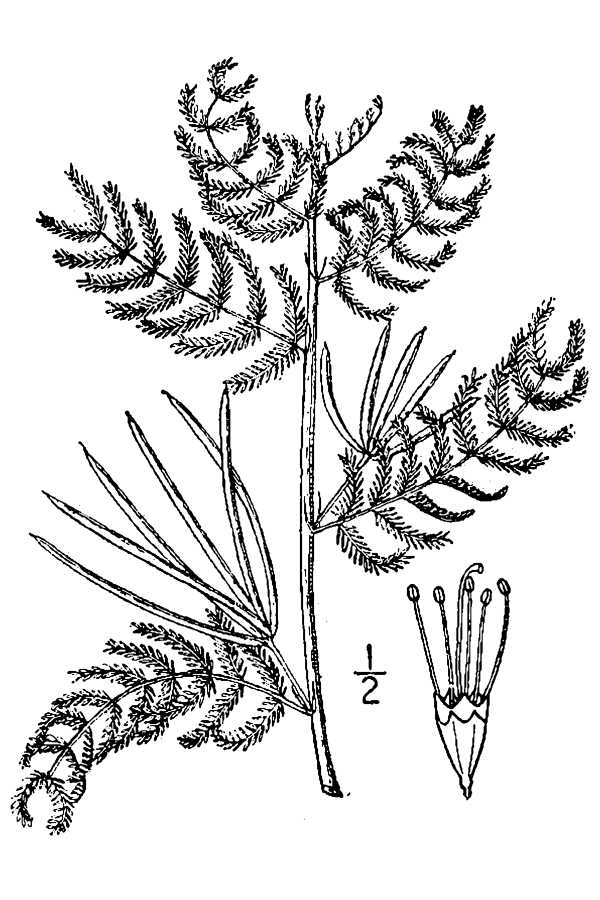 - 0.14% yield of alkaloid. Identified by Johnny Appleseed 1992. TLC also tested positive 1993- 1995. - Isolated and Bioassayed as pharmahoasca by J. Appleseed on 28 Nov., 1992. - Isolated from Central Texas material and bioassayed as partially crystalline free base. Identity confirmed in bioassays by others, 1994 (ref Trout's Notes) Desmanthus velutinus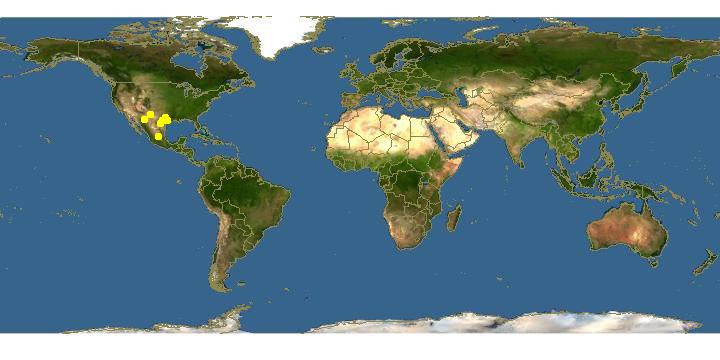 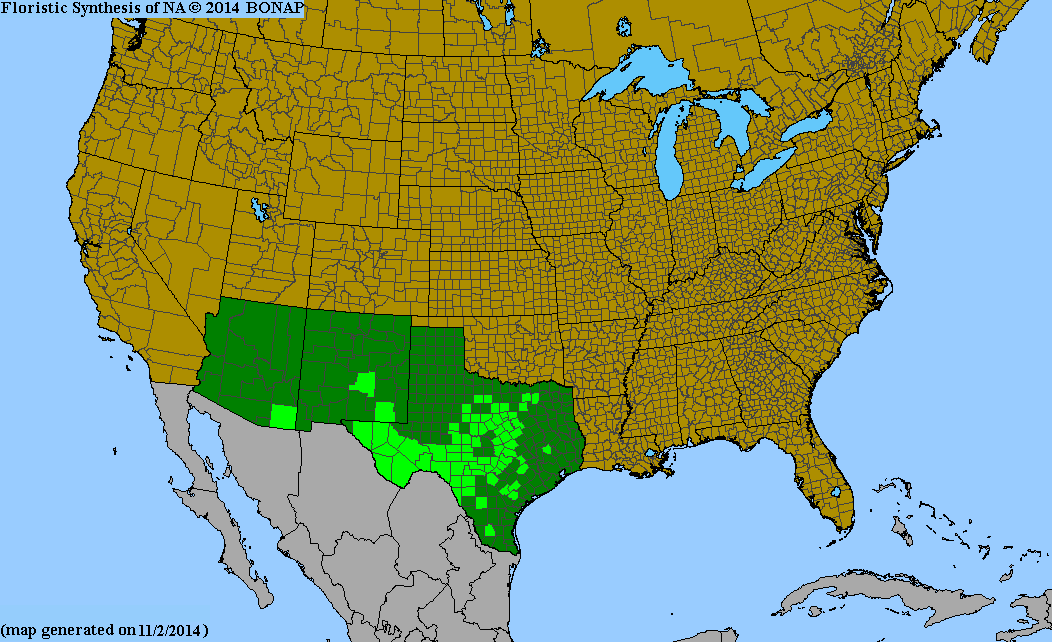 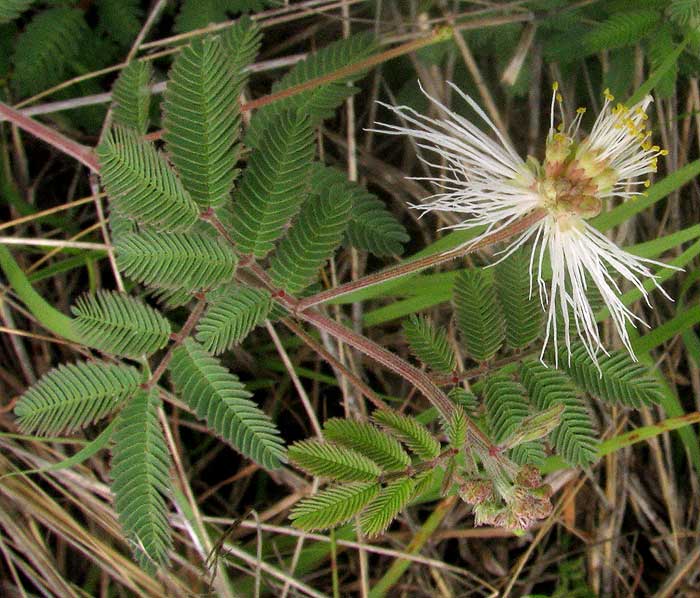 - some tested positive but more tested negative. TLC by J. Appleseed ,1992 (ref Trout's Notes)
|
|
|
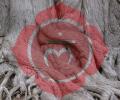
DMT-Nexus member
Posts: 91 Joined: 18-Nov-2014 Last visit: 17-Aug-2021 Location: heckifiknowstan
|
Some interesting info on Desmanthus illioensis... There's this well-established research farm in Salina, Kansas called The Land Institute. Their principal focus is developing perennial polyculture agricultural systems for sustainable food production. The idea is that you can model farms on prairie ecosystems such that no tilling or fertilizer inputs are needed. One of the key plants they've been researching and breeding for many years now is the Illinois bundleflower. It's important because, as a legume, it fixes nitrogen in the soil (in symbiosis with bacteria on its roots). Soil nitrogen is a vital plant nutrient which is depleted by successive crops--thus the general need to add fertilizers year after year. It also produces edible seeds. Here's a link on their site for the abstract of a research paper on the subject. This is what intrigues me the most:Quote:There appears to be sufficient variation to support genetic improvement of agricultural characteristics of Illinois bundleflower. While this plant may have low and variable concentrations of DMT, it's very possible that this trait could be selected for through breeding. Think about that.This is a plant that grows quickly, easily and in abundance on the prairie. It makes its own food. What if a plant that could provide a sustainable food source for humans and was grown on a massive scale could also provide the nutrition for a sustainable human MIND and SPIRIT on this planet and beyond? One of these days, I hope to have my own research farm. An entheogenic, pan-sexual, inter-species breeding party to launch this orgiastic gaian mind into the eons before us. Approach it and there is no beginning; follow it and there is no end.
You can't know it, but you can be it, at ease in your own life. -lao tze Enjoy the Mystery!rootsie
|
|
|
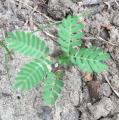
DMT-Nexus member
Posts: 1129 Joined: 12-Jul-2014 Last visit: 18-May-2024 Location: on the world in time
|
Tonight I was about to peel my bundleflower seeds, some are from plants that I raised and some are from wild plants. There was a big variation in the size of the pods and seeds. Everything else about the plants was identical, stems, leaves, flowers all the same. Shape of pod clusters, pods and seeds also the same. Only the wild plants had much larger pods, like double the size for some. From the top is 1. Cultivated plant pod clusters (idk if that's the correct term). 2. Cultivated plant pods. 3. Cultivated seeds. 4. Wild seeds. 5. Wild pods. Note. The wild clusters fell apart when I picked them so I only have pods. The smaller ones are from an online vendor, the large ones were found growing in various locations along the north-central Gulf Coast of the United States. BundleflowerPower attached the following image(s):  image.jpg (922kb) downloaded 569 time(s).
|
|
|

DMT-Nexus member
Posts: 393 Joined: 31-Mar-2013 Last visit: 30-Oct-2022
|
Ordered some seeds recently, anyone have good advice? i read somewhere that alkaloid content depends greatly on the bacteria that live in legums, and give the plant nitrogen.  All i can find is this saying Rhizobium giardinii is the bacteria. i was just wondering if there was a way, or is it necessary, to collect / grow good bacteria tobe added to the legumes? Maybe from an alibenzi mimosa? *ALL WAYS WITH LOVE
|
|
|

DMT-Nexus member
Posts: 1129 Joined: 12-Jul-2014 Last visit: 18-May-2024 Location: on the world in time
|
I've found that they grow best in natural soil. If desmanthus occurs in your area then your soil should contain the fungus. The plants really don't need much help, just let them do their thing. You can trim them though if you want them more bushy, they tend to get lanky. If you direct sow in the ground, they sprout late in spring so don't get worried when all the other warm weather plants are out and the bundleflowers haven't sprouted yet. Last year the ones I direct sowed didn't sprout until April or May and I live on the gulf coast.
They attract plenty of bees and butterflies.
One thing you can do is plant them in a medium sized black plastic pot with local soil, when they become root bound just cut the bottom off the pot and bury it half way in the ground. When you harvest just cut the pot away and hose the roots off and collect. This way there's no need to dig so deep to get the roots. Makes things much easier.
I planted a lot of them, some I harvested in the fall, they grow relatively large tap roots in one season, though the older they get, the bigger the roots get. But most of them I left to continue growing. I'll harvest a few in spring and compare potency.
I suppose one could look at desmanthus as an annual crop, as long as they're allowed to set seed and reproduce.
I've found wild plants with very, very large tap roots, with these there's no need to take the entire root, a lateral root can be as big as the entire tap root of a one year old plant.
They also seem to enjoy being fed diluted ACRB brew every now and then. They seem very vibrant after.
Desmanthus is def a workable plant and deserves more attention.
|
|
|

Boundary condition

Posts: 8617 Joined: 30-Aug-2008 Last visit: 29-Nov-2025 Location: square root of minus one
|
Could be corrected to "lepto lobus" in the title... “There is a way of manipulating matter and energy so as to produce what modern scientists call 'a field of force'. The field acts on the observer and puts him in a privileged position vis-à-vis the universe. From this position he has access to the realities which are ordinarily hidden from us by time and space, matter and energy. This is what we call the Great Work." ― Jacques Bergier, quoting Fulcanelli
|
|
|

DMT-Nexus member
Posts: 1129 Joined: 12-Jul-2014 Last visit: 18-May-2024 Location: on the world in time
|
For anyone who's seen or grown d. leptobolus, does the plant look the same as d. Illinioensis except for the seed pods or are there more differences?
|
|
|

DMT-Nexus member
Posts: 557 Joined: 12-Jul-2012 Last visit: 01-Jan-2021
|
It is much smaller and grows almost flat against the ground. In their third year my plants were basically circular and about 16" wide. Those plants were something like 3-4" tall. The mimosa-like leaves were almost the same as illinoensis. I took pics, I'm sure, but apparently I didnt rename them so theyre lost in a pile of ten thousand pics  Heres a drawing of a branch (which would be laying on the ground) Auxin attached the following image(s):  Desmanthus leptolobus.jpg (79kb) downloaded 579 time(s).
|
|
|

Be Here Now
Posts: 228 Joined: 20-Jun-2015 Last visit: 12-Jan-2024 Location: Planet Earth
|
Thank you all for the great infromation!  Did anyone end up continuing tests? Curious as to storage recommendations as well as the variability in alkaloid content. Does it keep increasing as the plant ages? I hope to collect a sizable sample this summer to do some testing with. Any other information would be awesome. “How long will this last, this delicious feeling of being alive, of having penetrated the veil which hides beauty and the wonders of celestial vistas? It doesn't matter, as there can be nothing but gratitude for even a glimpse of what exists for those who can become open to it.”
― Alexander Shulgin, Pihkal: A Chemical Love Story
|
|
|

DMT-Nexus member
Posts: 80 Joined: 31-Jan-2015 Last visit: 12-Sep-2019 Location: The High Desert
|
Last year I planted a dozen or so Desmanthus illioensis in my yard. They did their thing through the summer, and mostly died back to ground level in the winter. They are just starting to burst from the seems with new spring growth, I think this year they are going to get quite massive. One thing I noted, the ones that I actually cut back the old dead growth early in the winter, are showing much more new growth then the ones I left the dead stock in place. I will have to take some pictures! I intend on letting them grow another season or two, and then seeing what magic they hold. "If you wish to make an apple pie from scratch, you must first invent the universe."
Carl Sagan
|
|
|

DMT-Nexus member
Posts: 1129 Joined: 12-Jul-2014 Last visit: 18-May-2024 Location: on the world in time
|
furhenden wrote:Last year I planted a dozen or so Desmanthus illioensis in my yard. They did their thing through the summer, and mostly died back to ground level in the winter. They are just starting to burst from the seems with new spring growth, I think this year they are going to get quite massive.
One thing I noted, the ones that I actually cut back the old dead growth early in the winter, are showing much more new growth then the ones I left the dead stock in place.
I will have to take some pictures!
I intend on letting them grow another season or two, and then seeing what magic they hold.
The magic thing about bundleflowers is that one seed will turn into 1000s in one summer. I love this plant
|
|
|

DMT-Nexus member
Posts: 401 Joined: 31-May-2014 Last visit: 30-Dec-2023 Location: The confluence
|
They're quite abundant near my home (vicinity of the confluence of the Mississippi and Missouri rivers) so I don't have any plans for any controlled cultivation, but I do collect seeds at harvest, with the intent of scattering in appropriate places and spreading the desmanthus genome. I've noticed they appear to prefer full sun and the specimens that I've found in deep silt (2 or 3 feet/ half to full meter, or better) and/or areas with frequent standing water, are typically magnitudes larger, with thickened taproots. I found it was quite easy to liberate the root bark from the much harder root core, by smashing them with a hammer, but only when fresh. I have not found an effective method for separating the bark from dried roots. From what I've seen in the literature, the nn dmt % is highest after going to seed in late summer but I can't verify. If you were interested in planting on a larger scale, I've seen online vendors offering a kg of seed for US$20, as it is cultivated for animal feed throughout the US. "We dance round in a ring and suppose,
while the secret sits in the middle and knows." Robert Frost
|
|
|

DMT-Nexus member
Posts: 1129 Joined: 12-Jul-2014 Last visit: 18-May-2024 Location: on the world in time
|
They're common here as well, near the mouth of the Mississippi. And I agree with all you said, except I have found them growing in a forest, under the canopy. But it was along a hiking trail, so perhaps someone planted them. Because not far from that spot, I found a spot on the edge of the forest, with an entire grove of them growing, much thicker than any natural growth I've found. I suspect someone planted those. But they will grow in the shade as well.
|
|
|

Be Here Now
Posts: 228 Joined: 20-Jun-2015 Last visit: 12-Jan-2024 Location: Planet Earth
|
Thank you all for the new information! Very helpful  “How long will this last, this delicious feeling of being alive, of having penetrated the veil which hides beauty and the wonders of celestial vistas? It doesn't matter, as there can be nothing but gratitude for even a glimpse of what exists for those who can become open to it.”
― Alexander Shulgin, Pihkal: A Chemical Love Story
|